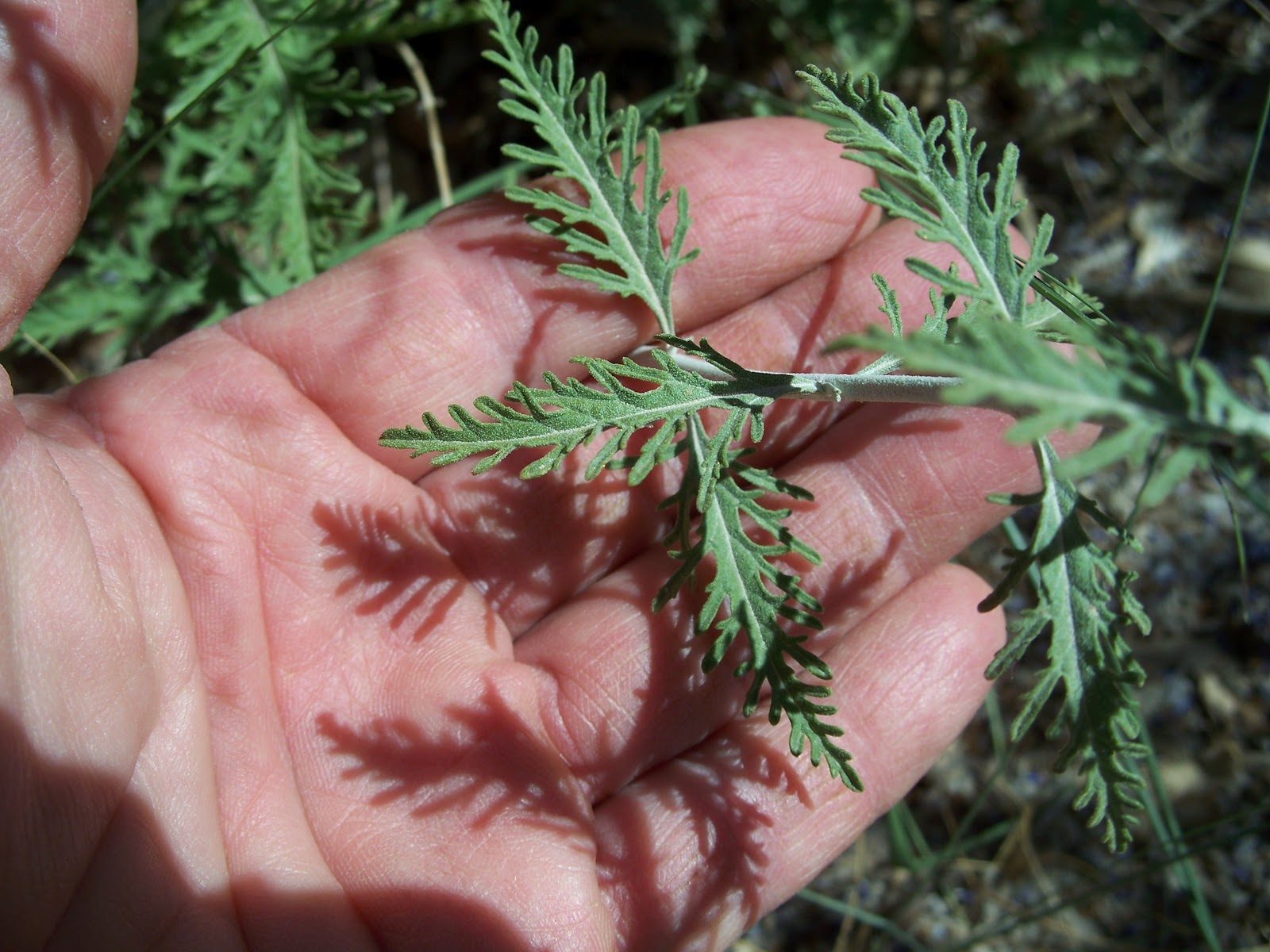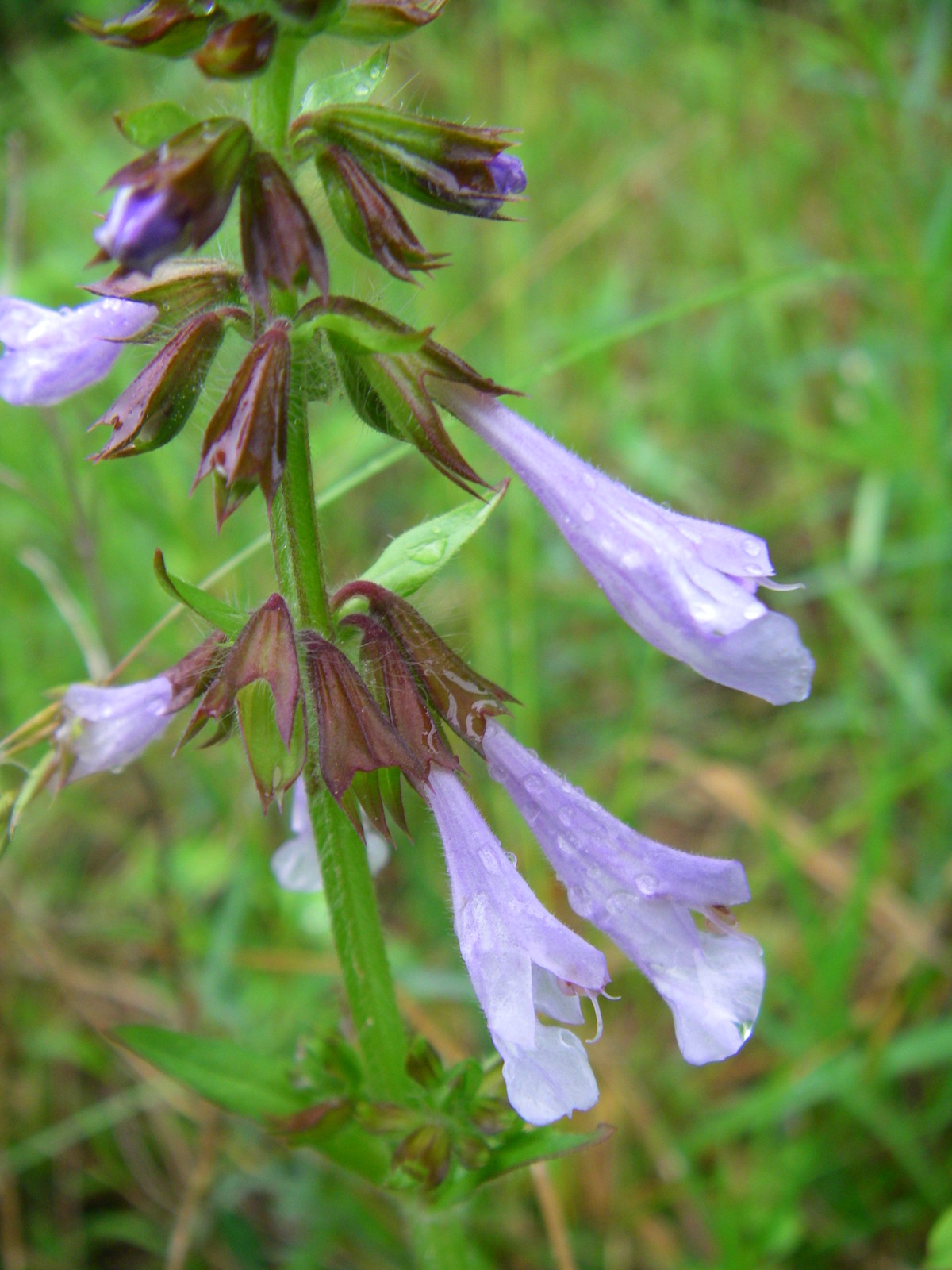

Pineapple sage blooms late in the season, so flowers often do not appear before the first frost in the Midwest. Pineapple sage is fairly fast growing, so it can be grown as an annual in colder areas where it will not survive the winter. The plants die back to the ground after a hard frost, and in mild enough climates will grow back the following spring. Although the species can grow up to 5 feet tall and 3 feet wide, the cultivars are usually much shorter. Both leaf surfaces area covered with short, fine hairs, giving them a softly fuzzy appearance. The opposite, ovate leaves are 2-4 inches long with serrated edges. Pineapple sage leaves have a fuzzy appearance. Tall stems are susceptible to wind damage, often breaking off at the base. This species is a rangy, semi-woody to herbaceous shrub that produces an open-branched clump of erect, square stems covered with yellow-green leaves. The common name of pineapple sage comes from the scent of the leaves when crushed, although the strength of the aroma varies depending on weather and moisture levels. Hardy only in zones 8-11 it is grown as an annual in cooler climates. This perennial subshrub native to the edges of pine and oak forests in the Sierra Madre del Sur mountains of Mexico and Guatemala was introduced as an ornamental garden plant around 1870.

Salvia elegans is one of about 700 species in this genus in the mint family (Lamiaceae).


 0 kommentar(er)
0 kommentar(er)
